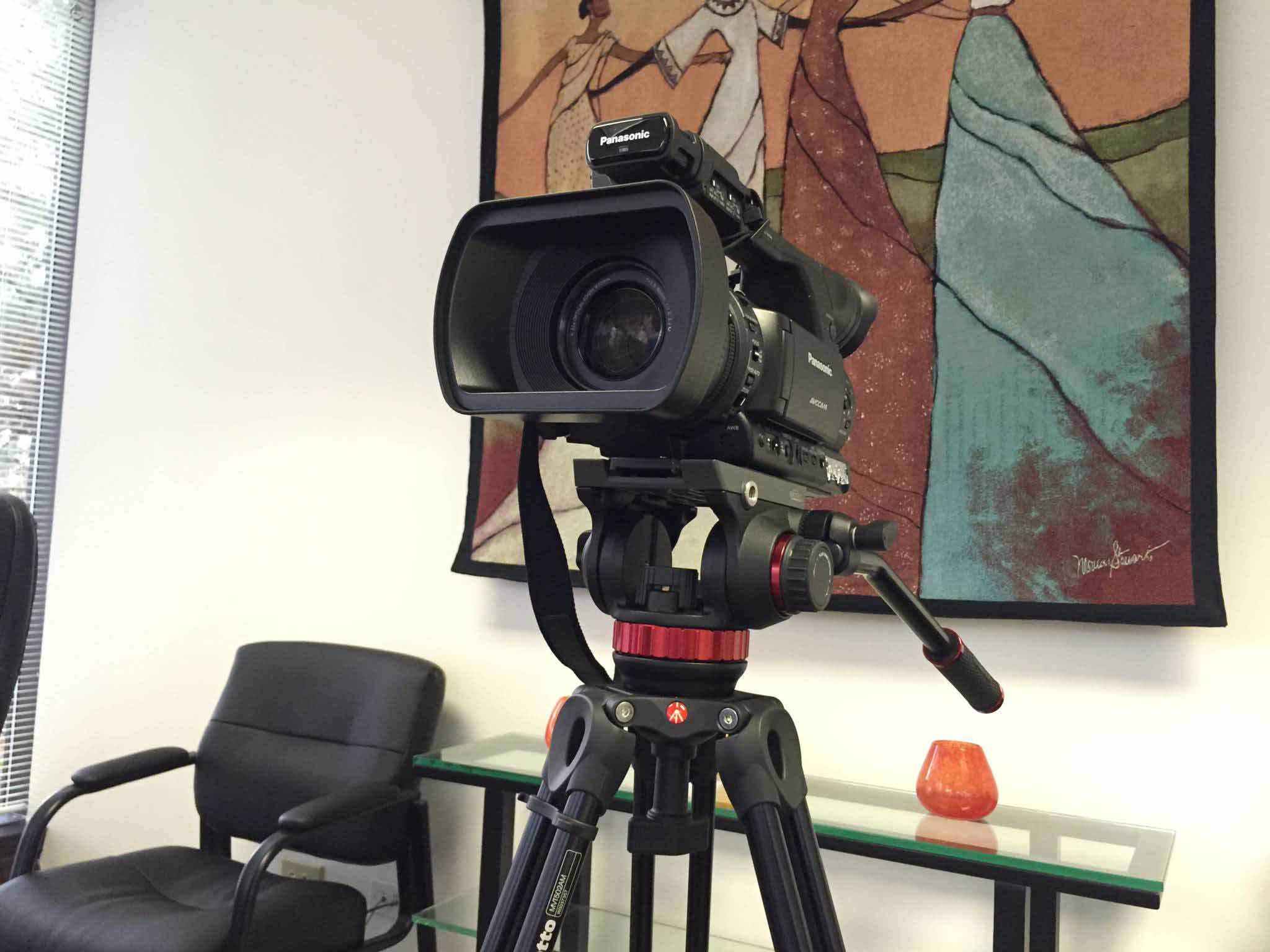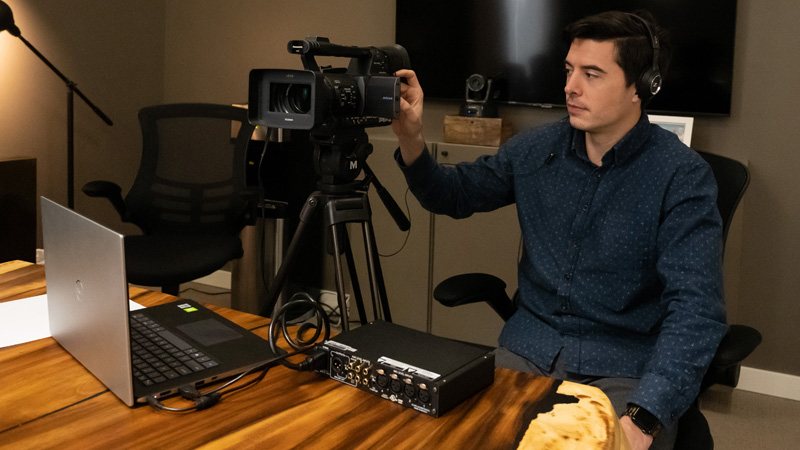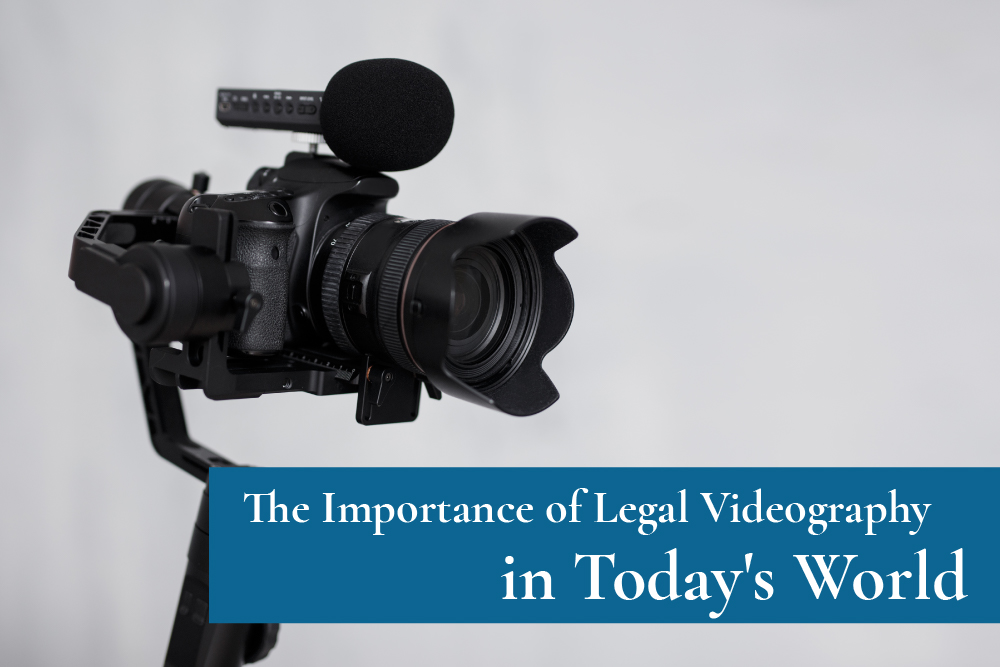The Role of Legal Videography in Recording Depositions and Tests
The Role of Legal Videography in Recording Depositions and Tests
Blog Article
Recognizing the Relevance of Videography in Legal Proceedings
The combination of videography into lawful process has actually become a considerable consider the discussion and analysis of proof. By recording visual elements such as body language and facial expressions, videography improves the narrative surrounding witness testimonies and can profoundly influence court understandings. As the lawful landscape advances, comprehending its effects on credibility and quality becomes essential for lawful specialists. What ideal techniques should be embraced to maximize its performance, and exactly how might future innovations reshape this important element of the judicial process?
Duty of Videography in Evidence
Videography plays a significantly critical role in lawful process, working as an effective medium for providing proof. The integration of video recordings right into the legal framework allows for an extra vibrant depiction of realities, enabling courts and jurors to visualize events as they transpired. This aesthetic documentation can include a variety of materials, consisting of monitoring video footage, tape-recorded witness testaments, and expert demonstrations, all of which can significantly enhance the evidentiary landscape.
One of the primary benefits of videography is its ability to capture nuances that might be shed in written accounts. Faces, body language, and situational context can give vital insights, assisting to communicate emotions and intents that message alone can not. In addition, the usage of video clip proof promotes a much more engaging courtroom experience, possibly aiding jurors in understanding complicated cases.
As modern technology advancements, the quality and accessibility of videographic proof have enhanced, making it an important part of contemporary lawful practices. Courts significantly recognize the value of video clip as a trusted source of details, triggering lawyers to adapt their strategies for proof presentation. Inevitably, videography serves not just to show facts but additionally to enhance the overall honesty of the judicial process.

Enhancing Integrity and Clearness
A considerable advantage of incorporating videography in lawful procedures is its capacity to boost both credibility and quality of evidence presented in court. Videographic evidence can record nuances that composed documents might overlook, such as tone, body language, and context. This graph enables courts and courts to better understand the scenarios surrounding the instance, thus promoting a much more precise understanding of the events in question.

In addition, the clarity managed by videography minimizes the likelihood of false impression that can occur from textual descriptions. This accuracy is particularly critical in intricate instances, where information can be conveniently misinterpreted. Eventually, by presenting evidence in an aesthetically accessible format, videography not only strengthens the stability of the judicial procedure but also sustains informed decision-making by those entailed in lawful proceedings.
Effect On Jury Assumption
The addition of videographic evidence significantly influences court assumption, typically resulting in extra engaged and informed deliberations. Jurors are generally extra responsive to aesthetic info, which can boost their understanding of intricate cases. Videography presents realities in a fashion that is both obtainable and compelling, allowing jurors to get in touch with the proof on a much more individual degree.
Furthermore, the ability to witness occasions as they occurred can stimulate psychological responses that written transcripts or verbal testimonies might stop working to elicit. This emotional engagement can lead jurors to develop more powerful viewpoints relating to the credibility of witnesses and the total narrative of the case. The visual depiction of proof additionally helps in clearing up ambiguities, making it much easier for jurors to comprehend the context and relevance of the information presented.
In addition, videography can offer as a powerful device for storytelling, making it possible for attorneys to create a persuasive story that reverberates with the jury. When jurors can envision circumstances and witness crucial moments, their ability to intentional attentively and get to a knowledgeable verdict is dramatically enhanced, inevitably influencing the result of legal process.
Best Practices for Legal Videography
Implementing best methods in legal videography is important for guaranteeing that aesthetic evidence is both reliable and credible in the court room. Initially, select professional professionals that focus on lawful videography to guarantee the technical high quality of the recordings. This includes making use of high-resolution video cameras and specialist sound devices to record clear visuals and sound.
Second, preserve proper paperwork throughout the recording procedure. This involves creating a comprehensive log that consists of timestamps, descriptions of the content, and the identifications of all individuals present. Such paperwork can boost the authenticity of the video.

Furthermore, take into consideration using proper editing and enhancing techniques. While it is critical to protect the original web content, small adjustments for clearness-- such as boosting audio degrees-- can enhance the general discussion without altering the material.
Future Trends in Legal Videography
As lawful videography continues to evolve, emerging modern technologies and methods are shaping the future landscape of aesthetic evidence in the courtroom (Legal Videography). One considerable fad is the assimilation of high-definition and 4K video high quality, boosting the clarity and information of videotaped testaments and proof. This enhanced resolution aids jurors reference in thoroughly assessing the credibility of witnesses and the nuances of today materials
Furthermore, making use of artificial intelligence (AI) in video evaluation is obtaining traction. AI tools can assist in identifying crucial minutes in video, creating transcripts, and also examining non-verbal communication, which gives much deeper understandings into witness click here now trustworthiness. In addition, digital truth (VR) and enhanced truth (AR) are poised to transform exactly how evidence exists, allowing jurors to submerse themselves in criminal activity scenes or circumstances, thereby cultivating an extra profound understanding of the context.
Conclusion
In recap, videography serves as a crucial device in lawful proceedings, enhancing the presentation of proof and enriching the total understanding of cases. By catching non-verbal signs and strengthening the integrity of witness accounts, videography dramatically affects jury perception and decision-making processes - Legal Videography. Complying with finest practices makes sure the effectiveness of legal videography, while emerging trends assure to further enhance its duty in the judicial system, inevitably cultivating a more informed and engaged lawful environment
Videography plays a significantly critical role in legal process, offering as a you can try here powerful tool for presenting proof.A substantial benefit of incorporating videography in legal procedures is its capability to improve both credibility and clearness of proof offered in court. Inevitably, by presenting evidence in an aesthetically obtainable layout, videography not just reinforces the integrity of the judicial process but also supports educated decision-making by those involved in legal proceedings.
In recap, videography offers as a crucial device in lawful proceedings, improving the presentation of evidence and improving the overall understanding of instances. Legal Videography. Sticking to ideal techniques makes sure the performance of legal videography, while emerging trends promise to more enhance its duty in the judicial system, inevitably cultivating a more educated and engaged lawful setting
Report this page